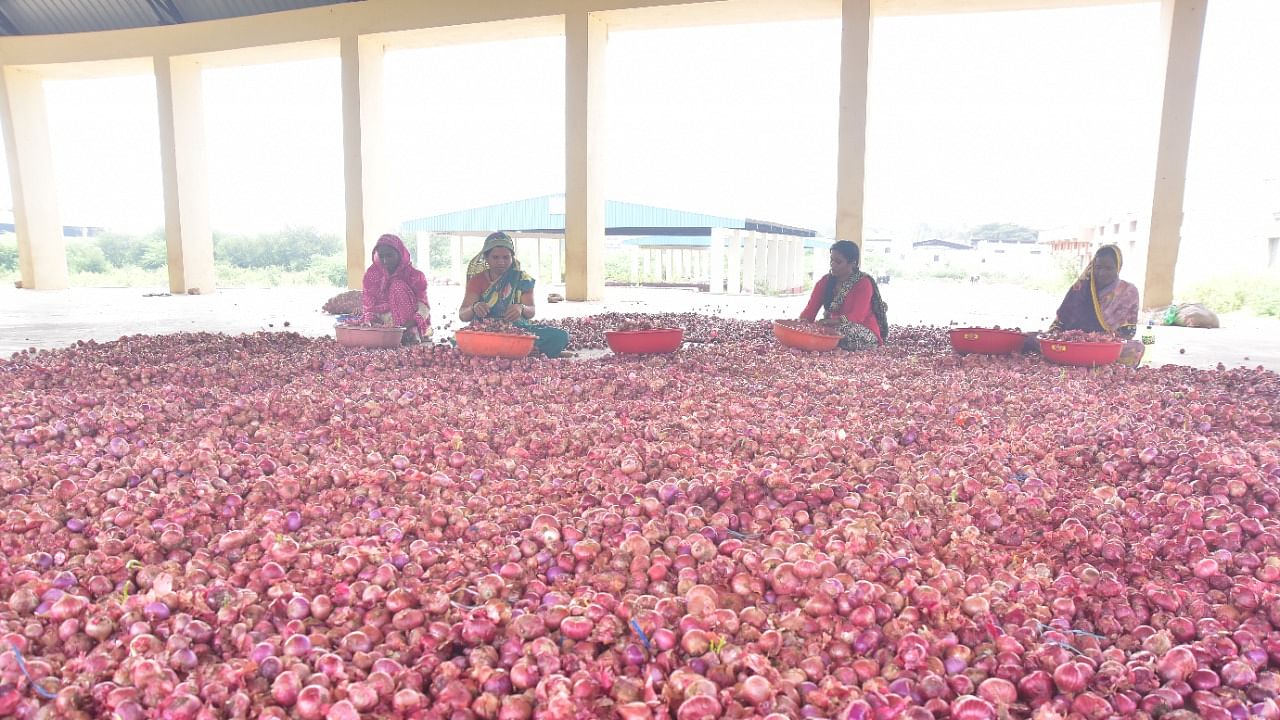
The Karnataka Agricultural Produce Marketing (Regulation & Development) Act prior to the 2020 amendment was theoretically the picture of a participatory and democratic self-regulatory mechanism of all key constituencies involved in agricultural marketing. This included farmers, non-retail traders, cooperative marketing and processing societies with provisions for representation of women and people from the SC/ST communities.
The government was not in majority control as far as decision-making processes are concerned even though it is authorised to nominate some members. Even then, the pervasive control of the state government stands out in terms of its powers to approve budgets, regularise expenditures, fix rates for various market fees and commissions and payments from stakeholder groups and as the appellate authority to adjudicate disputes between APMCs and its stakeholders.
At a practical level, there might be many problems that have caused disillusionment among farmers with regard to participation in the APMC mechanism. However, the amendments themselves only remove the regulatory control of the APMCs leaving the farmers at the mercy of the open market with no clarity about the kind of redressal mechanism.
The Act also placed a duty on the APMC to provide facilities for the transport of agricultural produce apart from providing marketing practices. How this lacuna will be filled by the private market remains to be seen.
Every APMC deposits a certain percentage of its gross receipts in the Consolidated Fund of the state to meet the expenses incurred. There is also no clarity on how the APMCs will meet this statutory requirement if they continue to run into losses.
Perhaps the most disconcerting effect of the 2020 amendment is the absence of regulatory mechanisms outside of market yards. How will the private traders, commission agents, brokers, processors, warehousemen, weighmen, hamals be regulated? If and when disputes arise, the market committees cannot resolve disputes.
Transparency required
Less than half of the APMCs across the state have uploaded resolutions regarding their working to date. Of the ones that have updated information, a few have even shown higher incomes. The Challakere APMC in Chitradurga estimated an income of Rs 1.77 crores and an expenditure of Rs 1.02 crores with estimated savings of Rs 2.93 crores in the general fund. So the Challakere APMC estimates a higher income during the next FY as compared to FY 2021-22.
While others like the Kadur APMC in Chikkamagaluru, with an estimated income of Rs. 66.50, expenditure of Rs 36.40 lakhs and savings of Rs. 30.10 lakhs in the general fund show a drastic reduction in income.
The first step towards addressing the anomalies caused by both the APMC mechanism and the recent acts of freeing markets should be to publish a whitepaper on the state of affairs in all the APMCs before and after the 2020 amendments.
This whitepaper must be put together by technical experts after widespread consultation with all categories of stakeholders involved in all kinds of transactions with regard to the notified agricultural products under the KAPM-RD Act to ascertain their views about what is working well and what needs improvement or radical overhaul.
Leaving the market unregulated only precipitates worse crises in the short and medium-term as everybody is inclined to maximise their profits at the expense of others.
(The author is an RTI activist)
Watch the latest DH Videos here: